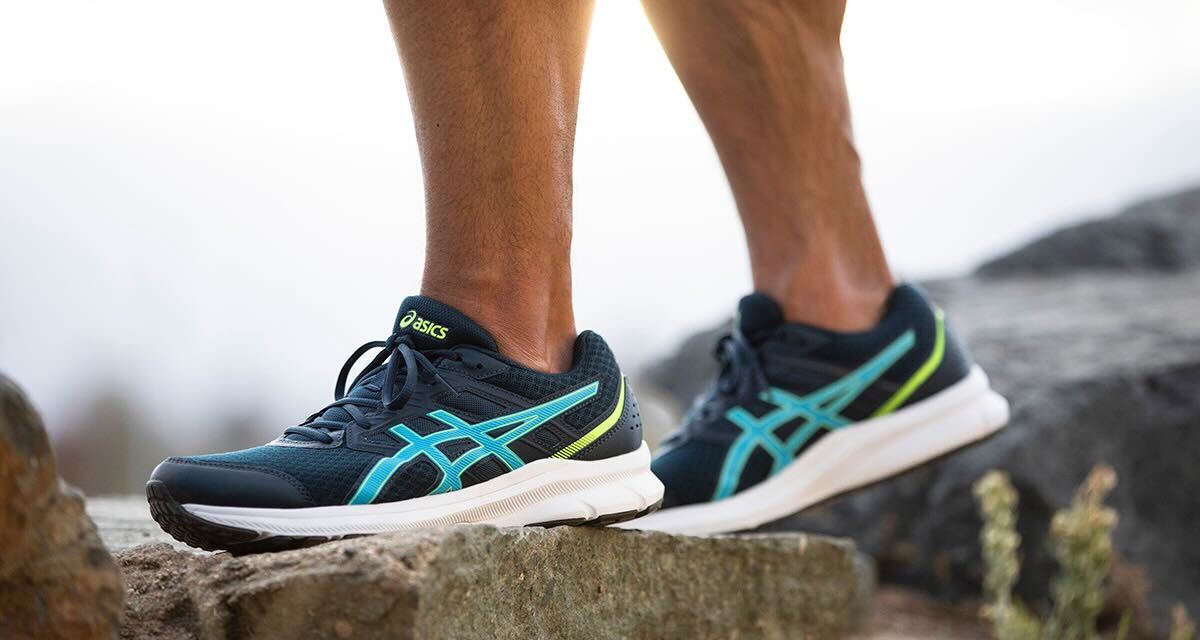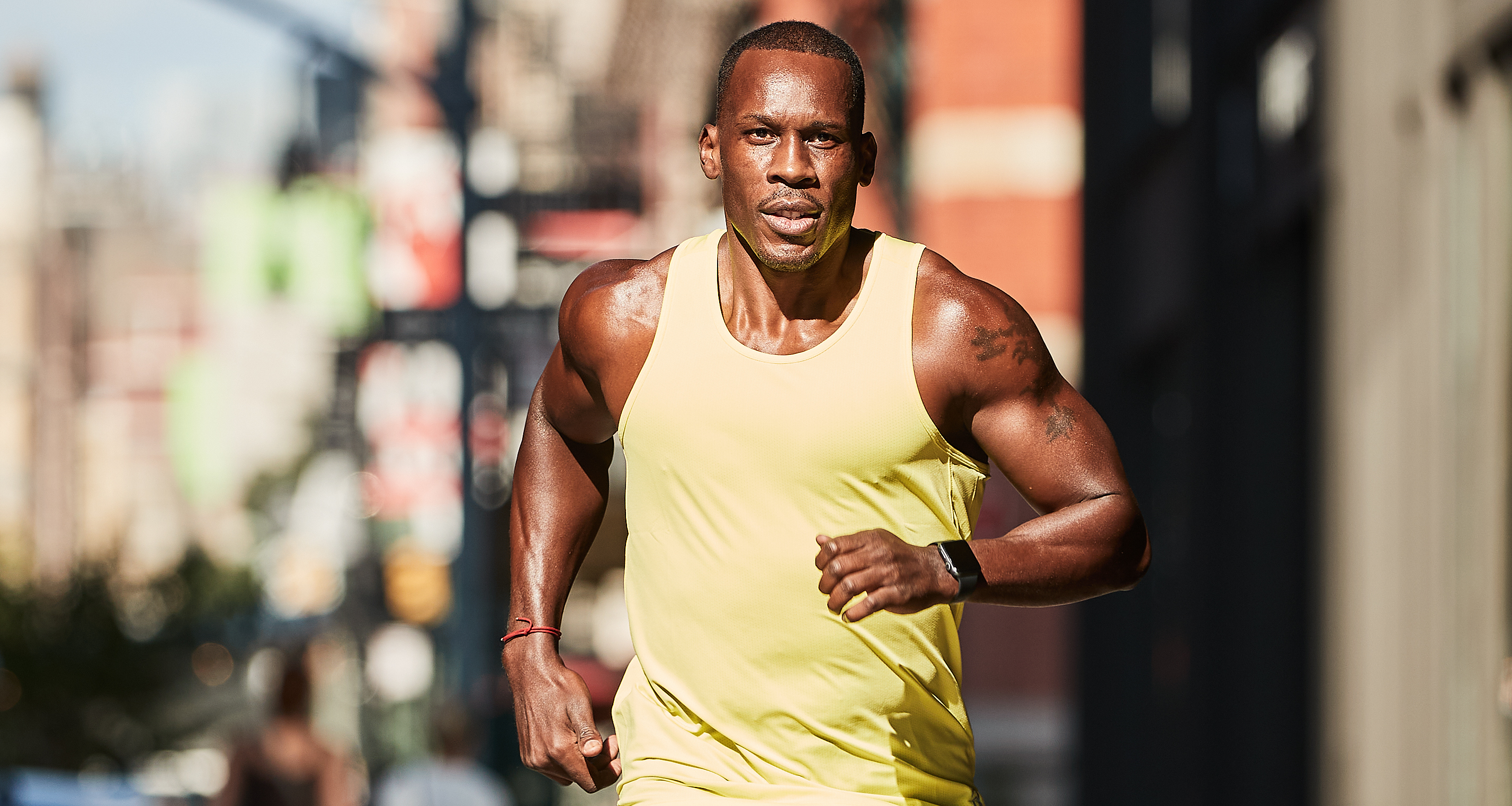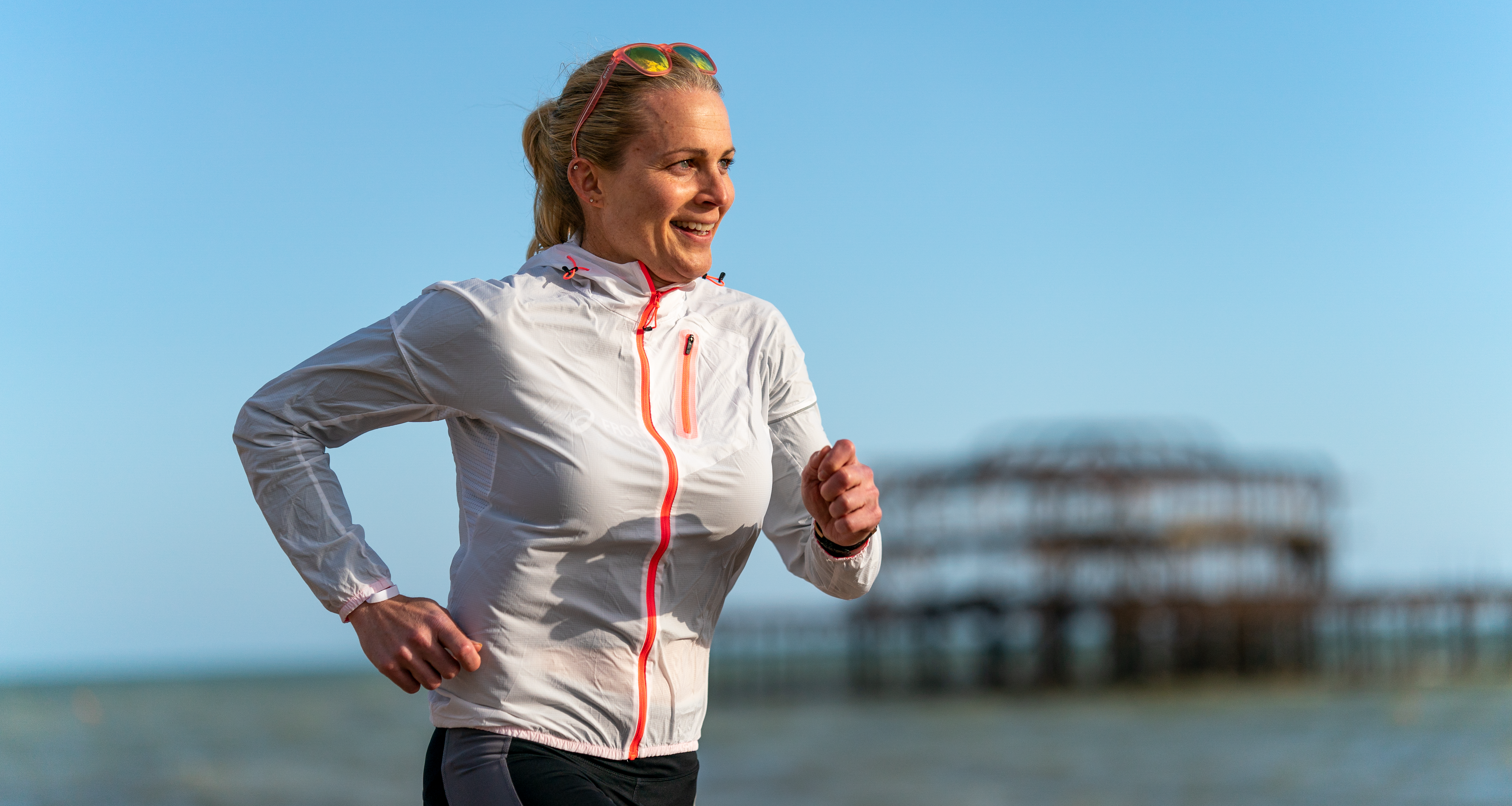Most likely, you know that you need a pair of shoes specifically designed for running if you want to run. But did you know that you should also have at least two different pairs of shoes at the same time and alternate which one you wear? This practice is called rotating your running shoes. While it may not be necessary if you only run two or three times per week, rotating shoes is a game-changer for anyone running four or more times per week. Why? Rotating your running shoes lowers your injury risk, makes your shoes last longer and optimizes your performance in each run.
Alternating shoes reduces injury risk
A 2015 study published in the Scandanavian Journal of Medicine and Science in Sports posed an interesting question: can rotating shoes reduce your injury risk? The study used a sample size of 264 runners. Of those runners, those who rotated their running shoes had a 39% reduction in their injury risk. The researchers believed injury risk was lower because different shoes produce slightly different gait patterns and muscles recruitment. The runners who rotated shoes placed less repetitive stress on their legs as a result – and less stress means a lower risk of injury.
Of course, rotating running shoes does not guarantee that you will be injury-free. You still have to take measures to mitigate injury risk, such as rest days, not increasing your mileage too quickly, and eating enough to support your training. However, rotating running shoes can provide a little extra insurance against overuse injury for high mileage runners.
Rotating shoes makes each pair last longer
The midsole foam is one of the most important parts of a running shoe. (Learn more about the anatomy of a running shoe here!) The foam is responsible for providing supportive cushioning and returning energy into your stride. However, the high impact load of running compresses the foam in your shoes. Over time, this compression weakens the foam and reduces support.
Just like how rest days help your body recover from the high impact of running, shoes need rest days too. Alternating between two or more pairs of shoes allows the shoes to recover from the pounding. The foam can decompress fully between wears. This makes the shoes last longer than if you wore the same pair every day.
Different shoes have different purposes
There are dozens of variations of running shoes: plush and firm foam, high and low cushion, tall or short stack height, stability and neutral, and so on. Some shoes are designed to provide ample support for long, slow runs. Other shoes are lightweight for minimal drag when running fast. You even have racing shoes and trail shoes!
Each shoe has a different purpose. By rotating shoes, you can use the appropriate shoes for the specific type of run. You can use your cushioned shoes for easy runs, lightweight shoes for speedwork, and carbon-plated shoes for races. Rotating shoes based on their purpose helps you feel and perform your best on each run.
How to rotate your running shoes
Knowing all the virtues of rotating your running shoes, how exactly do you do it?
- Find a model that works for you.
First, find one shoe that you love. It should feel comfortable when you run and not leave you with any aches or pains after. Note the heel-to-toe drop and pronation (neutral vs. stability). You will want to keep those the same with all of your shoes.
- Look for shoes with similar heel-to-toe drop and stability, and then pick varying levels of cushion.
You can usually find shoes with similar specs within the same brand. Once you do, you want to prioritize two shoes for rotating: a cushioned one for easy runs and long runs and a lightweight one for speed workouts and racing. If you have extra budget, you can add a pair of carbon plated shoes for races. If you often run on the trails, you will want a shoe equipped to handle uneven terrain.
- Alternate which shoes you wear.
In a sound training plan, you will naturally alternate between hard runs and easy runs. Your shoe rotation will follow a similar pattern. Try to avoid wearing the same shoe on two consecutive days. If you run high mileage, you may also choose to have two pairs of cushioned shoes for easy runs to alternate between.
- Keep track of your miles in each shoe.
Rotating shoes will make them last longer, but you generally will still want to replace your shoes after 300-500 miles. Once they reach this point or begin to feel worn down, retire the shoe and bring a new pair into the rotation.
Rotating shoes offers numerous benefits, especially if you run more than a few days per week. Your injury risk is lower, and your shoes will last longer. As a bonus, you get to enjoy running in different shoes – which is something many runners love to do!
Please note: This blog is not intended to be a substitute for professional medical advice, diagnosis, or treatment. Always seek the advice of your physician or other qualified health provider with any questions you may have regarding a medical condition.




